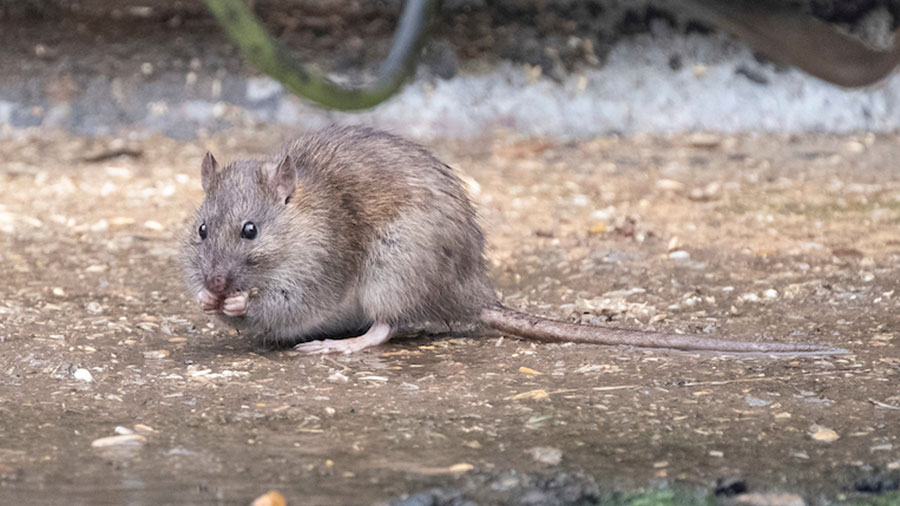New study finds rodenticide resistance in rats and mice
 © Tim Scrivener
© Tim Scrivener New surveillance has found genes for resistance to anticoagulant rodenticides in 78% of rats and 95% of house mice.
There are now few places in England with pest rodent populations wholly susceptible to anticoagulants, according to the Campaign for Responsible Rodenticide Use (CRRU).
See also: Video: How to take an integrated approach to rodent control
“Continued use of anticoagulant rodenticides against resistant rats or mice has serious downsides – incomplete control with consequent ongoing threats to human and animal health,” said CRRU chairman Alan Buckle.
“It also leads to faster geographical spread of surviving resistant individuals; and lengthy survival of resistant pests carrying persistent anticoagulant residues that could be taken as prey by predators,” he said.
Under contract to CRRU, annual DNA testing for rodenticide resistance genes is carried out by the government’s Animal and Plant Health Agency, with data analysis and reporting by the University of Reading.
The geographical distribution of both single-gene and hybrid-resistance continues to spread in both rats and mice.
The CCRU said the latest testing includes “small but troubling numbers”. For example, the surveillance found a proliferation of one resistance gene, Y139C, to 30 widely spread new sites in England.
This is one of the three most severe rat resistance genes, each of which is now being found in previously low-incidence or resistance-free areas.
A survey by pest control manufacturer BASF this year revealed that 88% of surveyed farmers did not know whether their farm was in an area of known resistance to rodenticides.
One-third admitted they had not considered rodenticide resistance when selecting baits.
Follow five-point action plan to slow spread of resistance
Farmers, gamekeepers and pest controllers are being urged to monitor the resistance status of their own locations.
For optimum control of rats and mice in any situation, and to slow the spread of resistance, CRRU chairman Alan Buckle urges everyone to follow the CRRU’s five-point action plan:
- Follow the CRRU code of best practice guidelines
- When using any rodenticide, apply the product’s label instructions in full
- Monitor the effectiveness of control and always aim for 100% pest elimination
- If resistance is suspected, look up the site’s likely status using Rodenticide Resistance Action Committee maps. If there is no data nearby the site in question, send tail samples to CRRU’s free service for resistance testing
- Where rodenticide resistance is found, follow in full the Rodenticide Resistance Action Group’s (RRAG) guidelines. It is expected that RRAG will soon publish updated advice for control of rodents with hybrid resistance.

